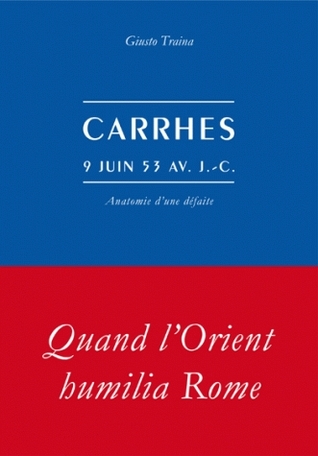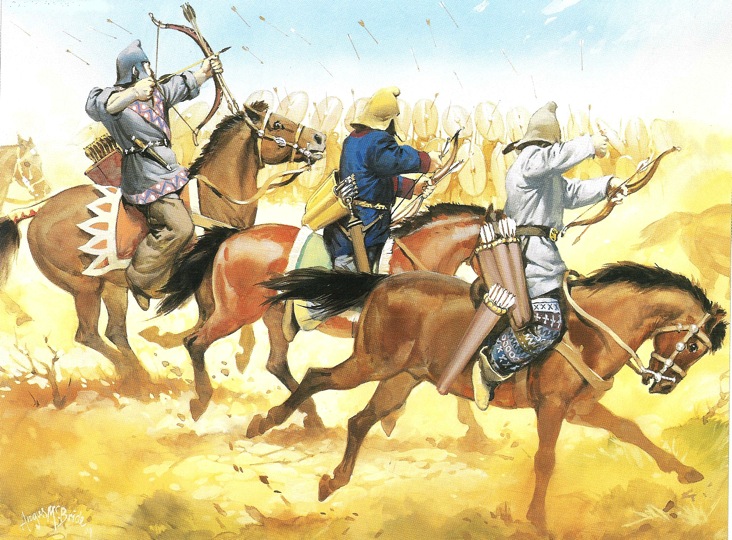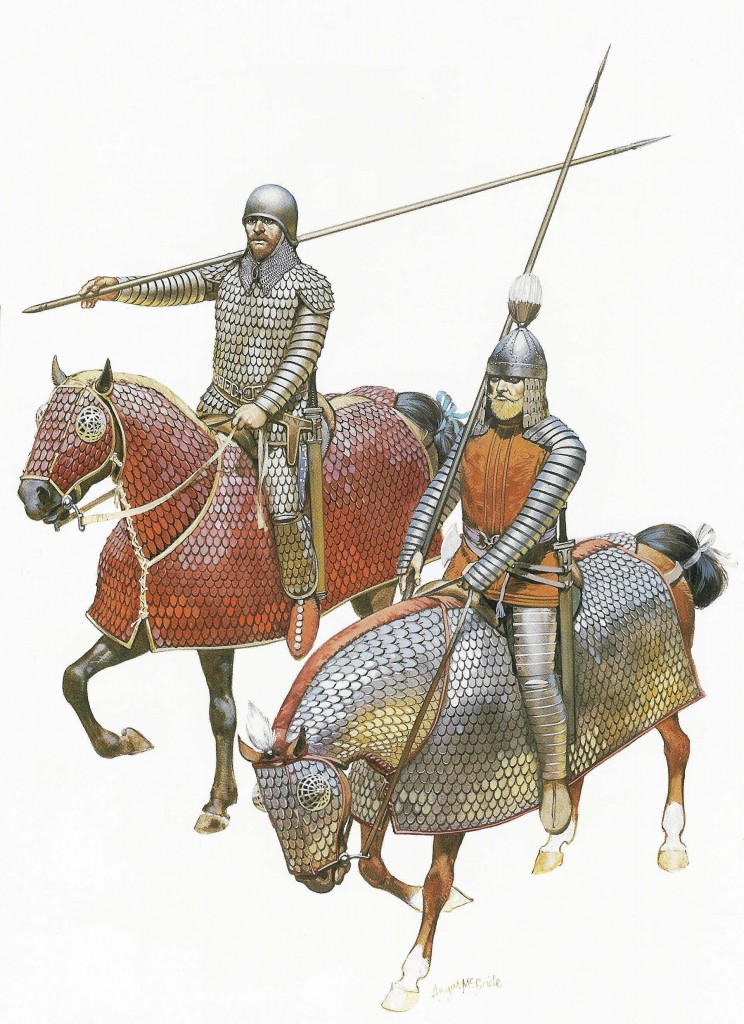Italian historian and professor Dr. Giusto Traina has written a seminal academic textbook entitled:
Carrhes-Anatomie d’une Défaite: Quand L’Orient humilia Rome (Carrhae-Anatomy of a Defeat: When the Orient humiliates Rome)

For more regarding the textbook and means of obtaining this, consult the Les Belles lettres website here …

Dr. Giusto Traina is a professor of Roman history at Sorbonne University in Paris. Dr. Traina is also a senior member of the Institut Universitaire de France. His academic profile also includes authorship of numerous books and articles.
Dr. Giusto Traina brings to life one of the most important battles in the military history of antiquity, one which marks the beginning of incessant warfare between Rome and Iran. In an alert and exciting narrative, Dr. Traina describes how Rome was blocked by the Parthian army whose competence, power and above all its ability in resisting the formidable military machine of Rome had been greatly underestimated.
In was in the Plains of Carrhae (modern Harran) on June 9, 53 BC, where an all-cavalry Parthian force barred the fifty thousand Roman army led by General Marcus Licinius Crassus to conquer the rival empire of the Parthians. Overwhelmed by the arrows of the Parthians, the Romans were reduced to military impotence: more than half of the legionaries were killed, with many others captured and deported. The Romans were also subjected to the dishonor of having the Parthians seize their military insignia and place these in their Mithraic temples. It would take many years for Rome to erase the consequences of this defeat.

Parthian Horse archers engage the Roman legions of Marcus Lucinius Crassus at Carrhae in 53 BCE. Unlike the Achamenid-Greek wars where Achaemenid arrows were unable to penetrate Hellenic shields and armor, Parthian archery was now able to penetrate the armor and shields of their Roman opponents (Picture Source: Antony Karasulas & Angus McBride).
General Marcus Licinius Crassus, the same man who eighteen years earlier had defeated Spartacus and his six thousand rebellious slaves and gladiators, was to make his final mark with his death at Parthian hands at Carrhae.

Reconstruction by Peter Wilcox and the late historical artist, Angus McBride of Parthian armored knights as they would have appeared in 54 BCE (Picture Source: Osprey Publishing).
Carrhae halted Rome’s seemingly unstoppable conquest of the Classical world. Rome had learned that the Parthian Spada (army) of Persia was more than capable of blocking the Romans from expanding eastwards to India and China.



